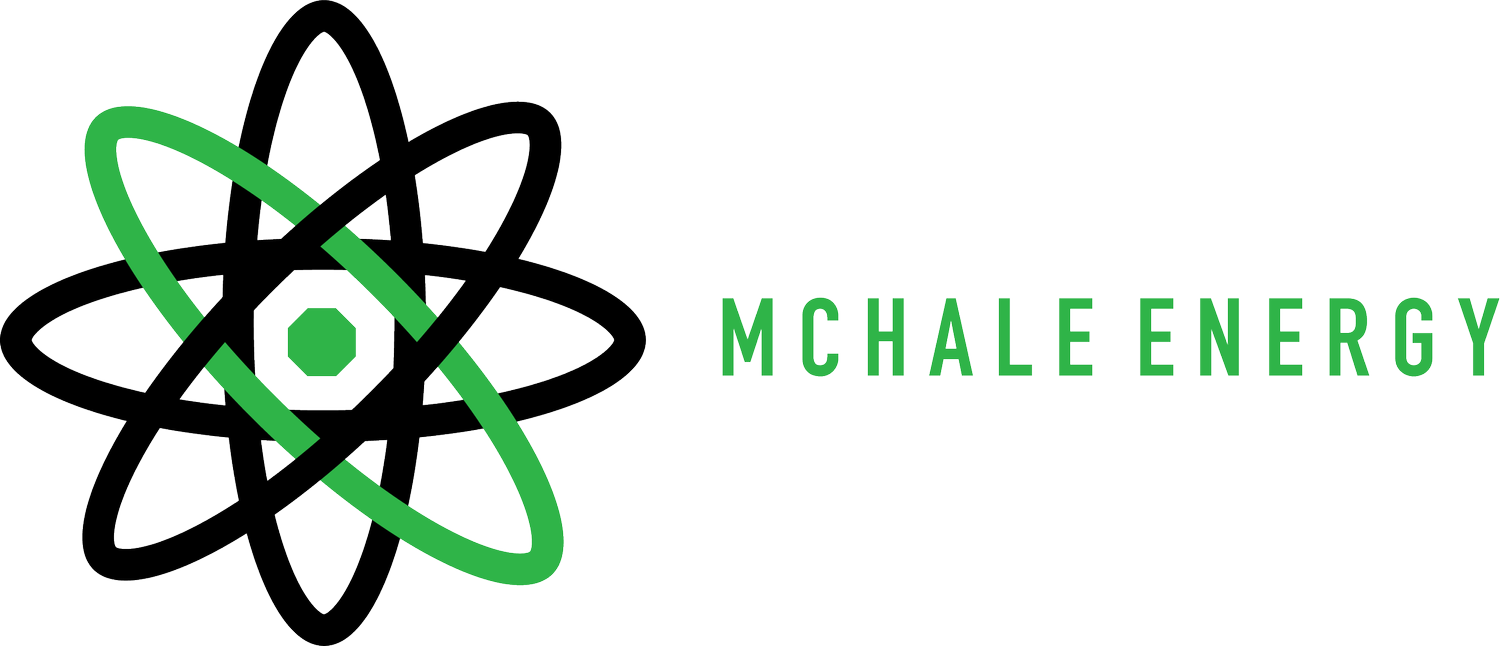Local Law Compliance
-
Each year, owners of large buildings 50,000 square feet and larger are required to measure their energy and water consumption and upload this information into the Environmental Protection Agency’s online benchmarking tool. This data will give building owners and potential buyers a better understanding of a buildings efficiency and energy costs. This is the first step to making the building become more energy efficient.
-
Local Law 87 mandates a Level II Energy Audit and a Retro-Commissioning study must be performed for buildings over 50,000 square feet. Compliance will be due in groups beginning in 2013; specific due dates will be staggered as determined by the building’s tax block number. The above actions and associated corrective measures will reduce your buildings operating costs and carbon footprint. The proposed fine for non-compliance is $3,000 the first year and an additional $5,000 every year thereafter. McHale Energy will advise you with the most cost-effective manner in which to meet city requirements.
-
Lighting in non-residential buildings accounts for almost 18% of energy use in NYC buildings and roughly 18% of the city’s carbon emissions. Improvements in lighting technology have made if feasible to significantly reduce energy consumption by installing more efficient lighting system. McHale Energy has identified and partnered with a company that manufactures (USA) the best built LED tubes with the strongest warranty and highest efficiency in the USA.
The law also requires large non-residential buildings to upgrade lighting to meet current NYC Energy Code and to install electrical sub-meters for each large non-residential tenant space and provide monthly energy statements.
-
New York City recently passed the ambitious Climate Mobilization Act (CMA), a package of bills and resolutions that aims to significantly reduce the City’s greenhouse gas emissions and fight against climate change.
EMISSION PENALTIES — Starting in 2024, buildings over 25,000 square feet subject to LL84/133 (Energy Benchmarking) will be mandated to meet specified carbon emission limits or pay penalties. Emission limits will change and become tougher in 2030.
EMISSION TRADING SYSTEM — By 2021, NYC will study and outline an emission trading system for buildings. Such a study will examine pricing mechanisms and credit verification.
RENEWABLE ENERGY CREDITS (RECS) — Buildings will be able to purchase RECs to deduct up to 10% of their emissions; those RECs must be generated or deliverable into the NYC electric grid.
In order to reduce the potential financial penalty, your property must implement energy-saving measures to improve energy efficiency and decrease energy consumption. We will look at any potential carbon penalty the building may have in 2024 or 2030 along with the existing letter grade.

